Did you know that Harappa is the second oldest civilization discovered in the world in Pakistan.?
•20 to 25 km from Sahiwal city in Pakistan was the home of the world's second oldest human civilization. Which was estimated to have appeared in 3300 BC. The third oldest civilization in the world was the pyramids of Egypt and the Pharaohs, which existed in 3100 BC.
•The city of Harappa was discovered in 1922, but with many bricks. The Lahore-Multan railway line had just been built. Efforts are being made to save this place. The National Geographic Society is also involved. More than 200 civilizations have been discovered in the Indian subcontinent, but Harappa is the oldest and most literate civilization. Its inhabitants were traders and agriculturists, while there was no shortage of skilled people.
•Archaeological remains of ancient Harappa are spread over an area of about one hundred and sixty-five acres. They were accidentally discovered in 1890 when the Lahore-Multan railway line was being laid. A contractor supplying bricks for the railway track found bricks in Harappa. The mine was discovered and bricks were brought from here and used in the construction of the railway line and when some officers saw and researched the specific structure of bricks, they found out in 1920 that these bricks belonged to the ancient city of Harappa. As a result, the area was taken over by the government in 1920. But by then, the modern city of ancient history had fallen into disrepair, and when the then government began excavations here, due to unfavorable conditions, Antiquities could not be protected.
•Harappa covers an area of 150 acres in which ruins are spread over an area of about 76 acres. This beautiful city of ancient civilization was built according to a regular plan. Spacious houses and streets made of precious brick and large masonry wells. , Covered drains, integrated drainage system, hygienic granaries, laborers' houses, work platforms, metal smelting and pottery kilns, standard scales and weights for weighing various herbs, Corals, ruby necklaces, copper and stone seals, carvings depicting various animals and seals engraved with unknown letters have been found, but the interesting and surprising thing is that today's man has cast a spell on the moon. And the Star Wars system has been prepared for the destruction of the world. Highly educated experts from universities of different countries came from all over the world but could not understand these unknown letters and were unable to read them.
•Understanding these letters is now a challenge for these experts. Internationally renowned Pakistani archaeologists Dr. Ahmad Hassan, Dr. Afzal Ahmad Khan, Dr. Muhammad Sharif, Dr. Farzand Ali Durrani, Dr. Muhammad Rafiq Mughal and IH Nadeem in Harappa, Pakistan. About 400 settlements of civilization have been discovered which shows the stages of development in different periods of Harappan civilization. Last year a 5,000 year old but modern style drain system was discovered. According to the research it is a comprehensive drainage system of ancient times. While the current sewerage system is also known to be a replica of the Harappan civilization, excavations at Tela E have found double-walled kilns. These kilns are used for cooking black bangles and small earthenware.
•Residential houses near these kilns, tall clay pots for collecting grain, pearl mills, copper bronze and oyster bangles, yellow agate, barak toke made of onyx, beautiful seals, mud A brick wall 27 feet wide and in some places 39 feet wide and a solid brick door A road for patrolling, a drainage bridge, a security check post and a watch tower for the guards have also been found inside the fort-like wall. Experts believe that the wall was attacked by enemy forces and flooded the city of Harappa. This wall is considered to be one of the oldest walls like the Great Wall of China. At the foot of these deserted dunes and beautiful natural forest on Harappa Chichawatni Road, there is an attractive and beautiful building in Harappa. Inside the house are twenty glass cabinets with walls, artefacts from the Son Valley, Kot Diji, Amri, Mohenjo-daro and Taxila. To the west of the museum is a beautiful banyan tree about a thousand years old.
•Tourists are so fascinated by its trunk and its spread that they cannot live without its image. Most of the people here are obscured by the sight of tree branches. Among the ruins of Harappa city. The shrine of Hazrat Baba Noor Shah Wali on a mound is the source of creation. The length of the tomb is nine yards and that is why They are known as Baba Nogza. According to a tradition, the people of ancient times used to be tall, but the size of the human skeletons found during excavations from here suggests that the people of ancient Harappa are also tall today. The Harappan monuments were not so much damaged by humans as by the thorns and salt found in the land, which has made the soil so full and hollow that anyone If you set foot on a mound of soil, it sinks into the ground. •According to archaeologists, the amount of 500 micrograms of salt in the ground does not harm anything, but the soil of Harappa contains more than 3,000 micrograms of salt.
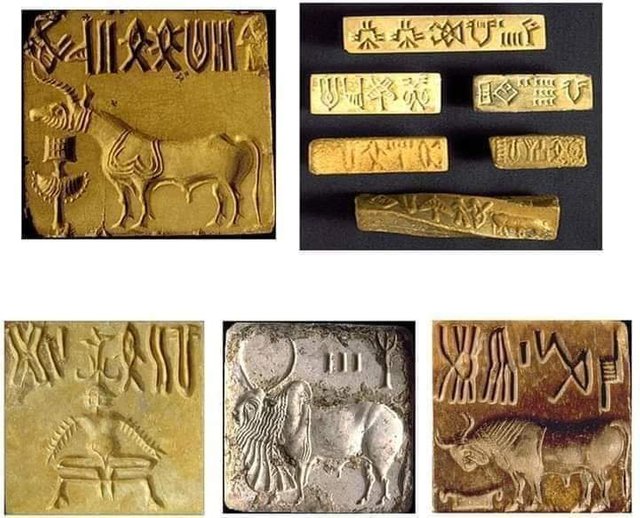
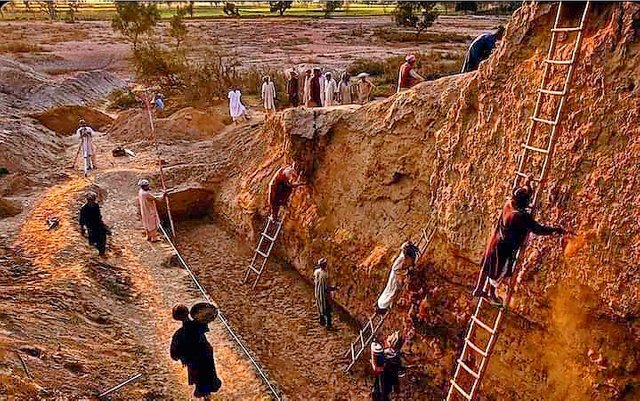
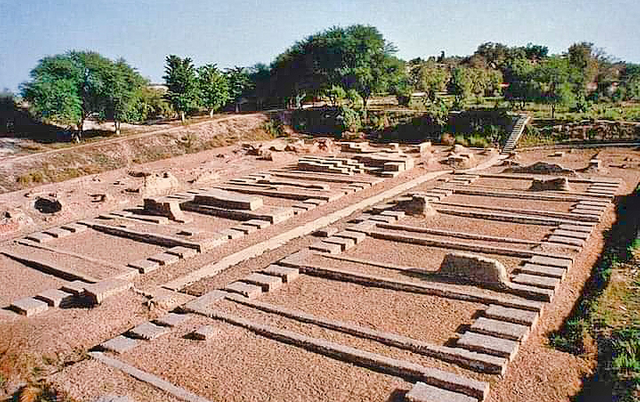
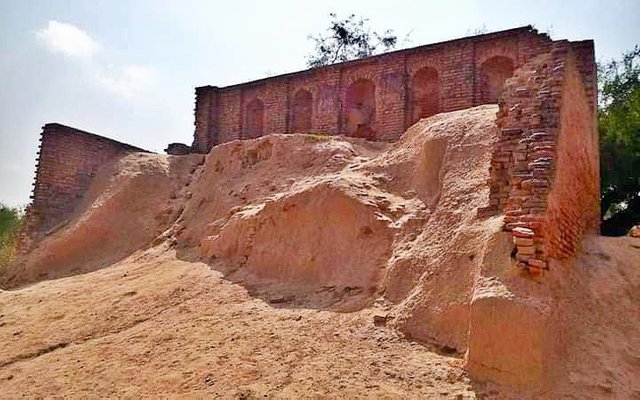
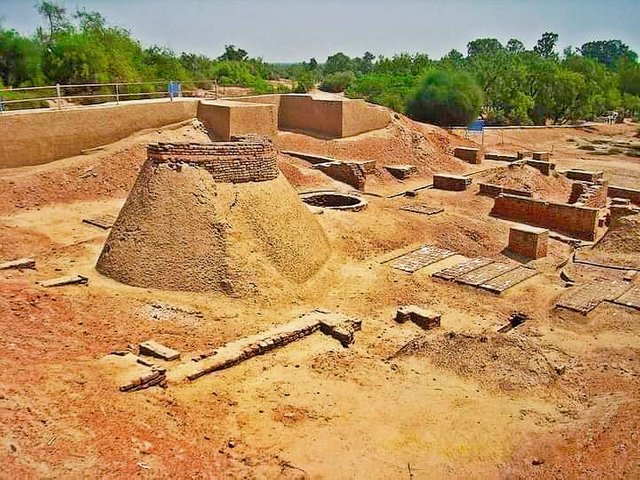
I hope you all like this post of mine.